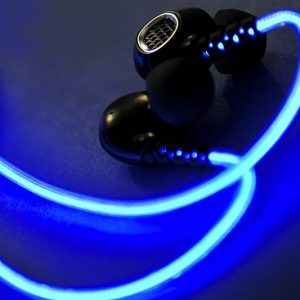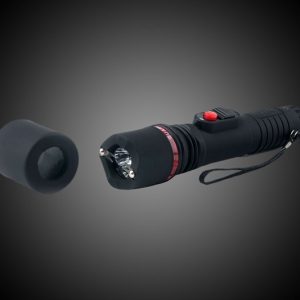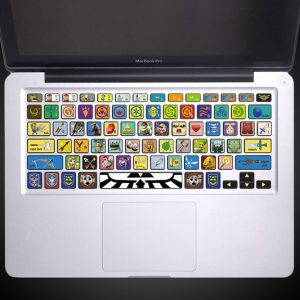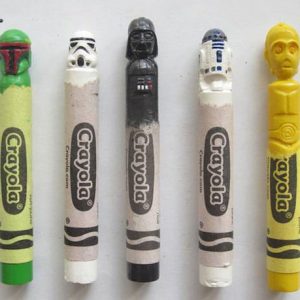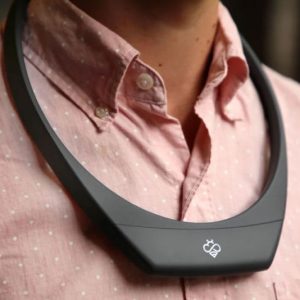Description
You can’t buy a DRAS foldable smartphone yet, but the flexible touchscreen technology it uses is at least a little more than just a pipe dream. DRAS stands for Digital Resistive Area Sensing, and it’s a real system in development by tech startup R&D CORE to 1) reduce the amount of space phones and tablets consume without reducing their size while in use; 2) provide built-in screen protection from scratches and cracking; 3) enable use while wearing gloves (no special finger pads needed); and 4) prevent butt dials.
R&D Core also says its DRAS system sensors have no size limits; they can even build into XL TVs and wall-size displays to make flexible or folding big screens without performance or quality reduction.
Additional DRAS sensor features:
- Installs behind the flexible display so it won’t impact optical performance.
- Not affected by humidity or temperature swings.
- Senses finger force.
- No calibration required.
- Extremely thin.
- Low power consumption.


